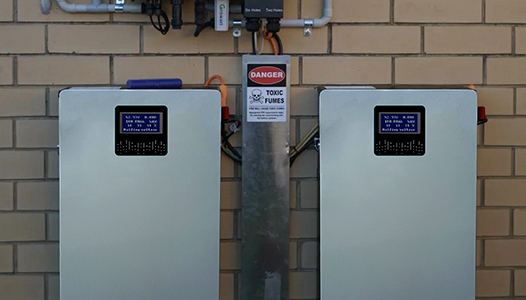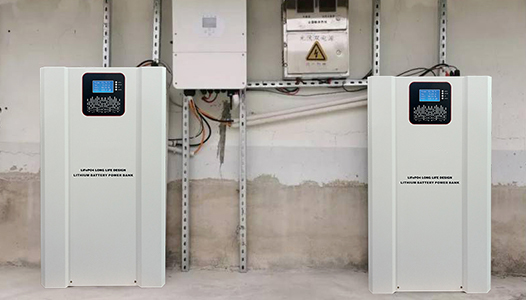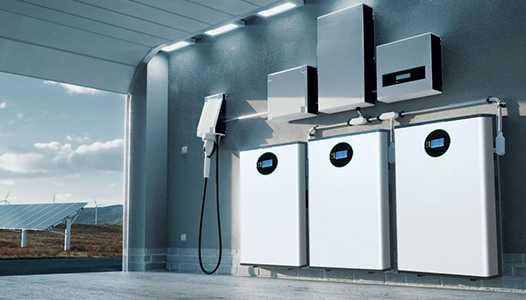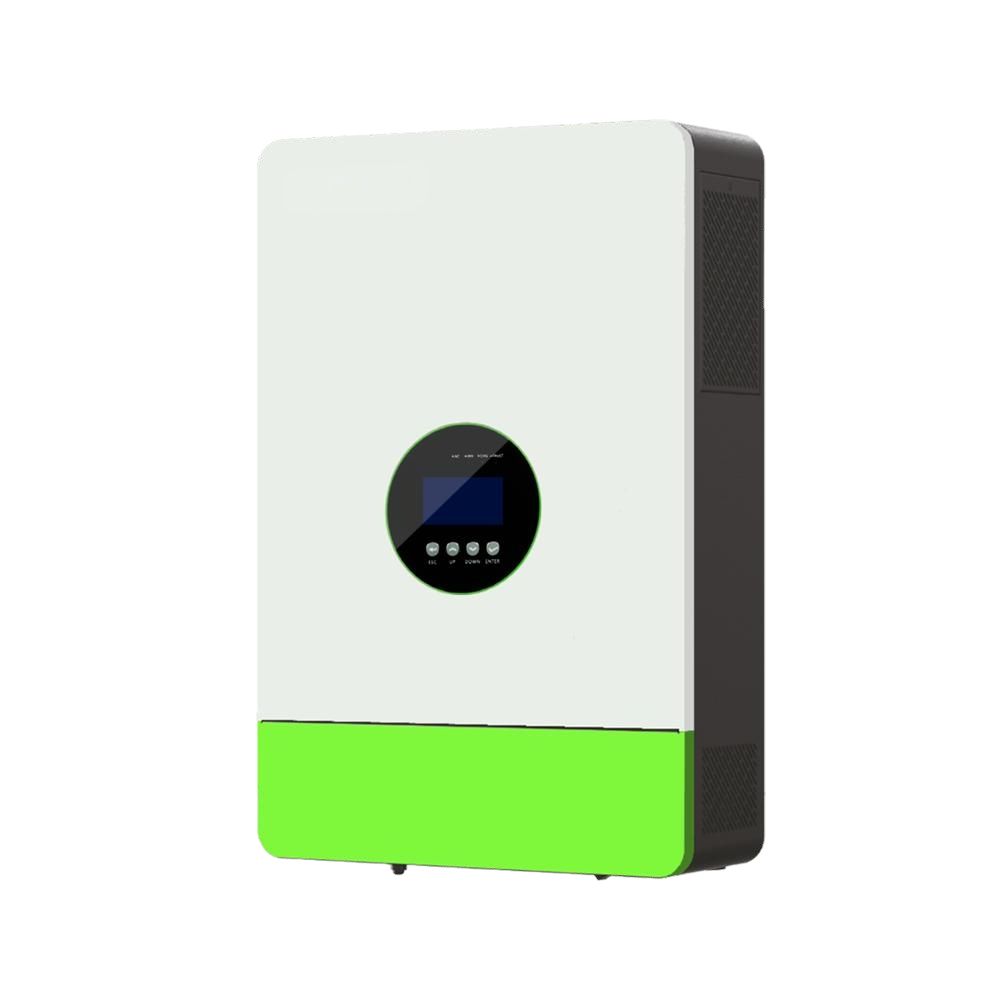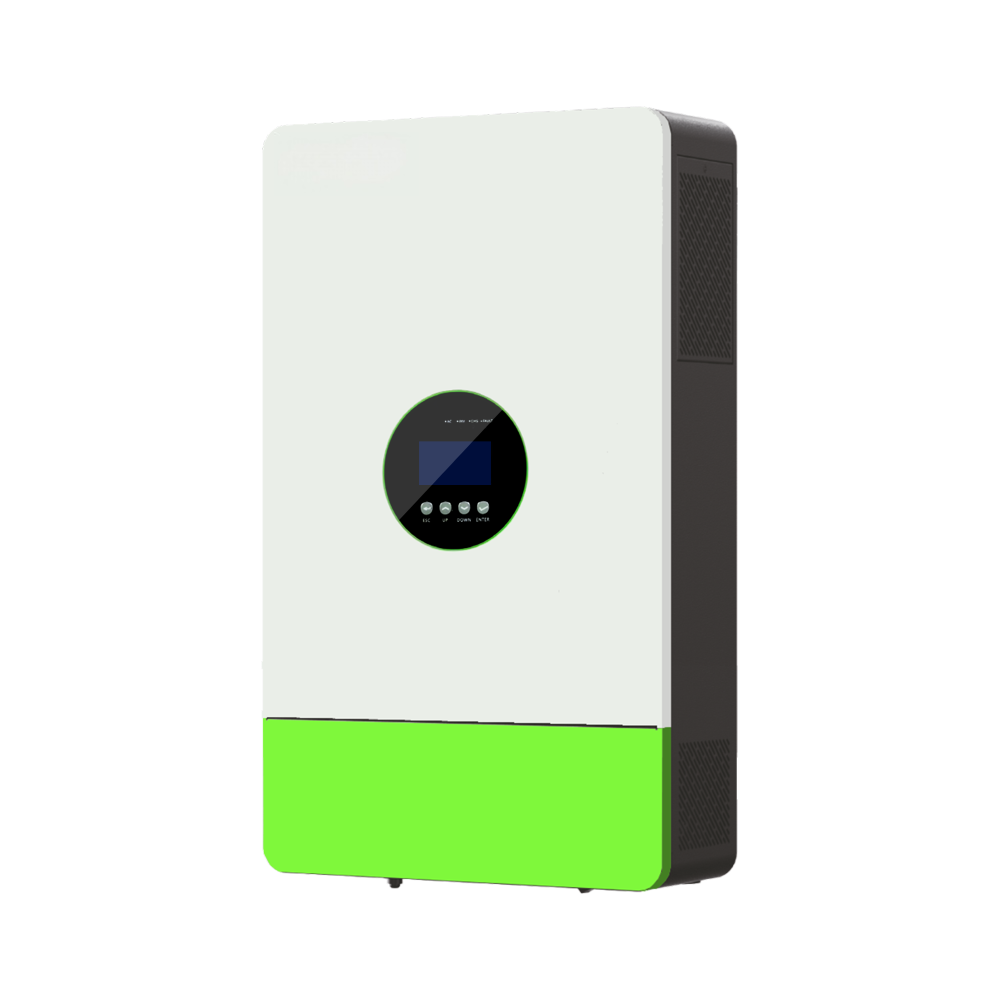 Home
/
News
/
Industry News
Home
/
News
/
Industry News
What conditions do you need to meet to install a large-scale stand-alone energy storage system?
2025-10-07
What conditions do you need to meet to install a large-scale stand-alone energy storage system?
With the growing global demand for renewable energy, the market for energy storage systems is expanding rapidly. Have you ever fantasized about filling your roof with solar panels to store electricity during the day and use it at night? However, with large standalone energy storage systems, it's much more than that. Imagine what it feels like to sit on your couch with a cup of steaming coffee in your hand and watch your energy storage system in action. Qianzheng New Energy focuses on providing high-quality energy storage systems, making it more than just a fantasy. Today, let's talk about what conditions need to be met to install a large-scale standalone energy storage system, hoping to help you realize this dream in the future.
1. Site selection consideration
Location selection is the first step in installing a large-scale standalone energy storage system. Location selection is not just about placing the system in one place. You need to consider factors such as geographical location, environmental conditions, and distance from the grid. Geographical location is very important, and you don't want your energy storage system to be installed in an earthquake zone or flood-prone area, right? Environmental conditions also require special attention, such as temperature, humidity, wind speed, etc., which can affect the efficiency and lifespan of the energy storage system. Distance from the grid is also a key factor. If the distance is too far, the loss during power transmission will be large, so even the most advanced energy storage system will not achieve the best results.
2. Power grid access
Don't think that installing an energy storage system can exist independently of the grid. Grid access is the lifeline of the energy storage system, without it, your energy storage system is like a high-tech device without WiFi, just a decoration. Grid access needs to consider many issues, including the load capacity of the power grid, the selection of access points, and the regulations and requirements of the power company for the access of the new system. Another key point is grid security, and no energy storage system can affect the stability and safety of the power grid. Therefore, before installing a large-scale energy storage system, it is essential to conduct a detailed grid access assessment to ensure that the system can be smoothly connected and compatible with the existing power grid.
3. Energy storage technology selection
Before installing an energy storage system, you need to consider which energy storage technology to use. Should you choose a classic lead-acid battery, a more advanced lithium battery, or explore the trending supercapacitors? Each technology has its advantages and disadvantages. For example, lead-acid batteries, although mature and reliable, have limited lifespan and capacity; lithium batteries have a large capacity and long lifespan, but are slightly more expensive; although supercapacitors can be charged and discharged quickly, they have a low energy density. Therefore, you need to choose the most suitable energy storage technology based on your actual needs and budget. This step determines the overall performance and economic benefits of your future energy storage system.
4. System capacity planning
Determining system capacity is a crucial step in installing a large-scale standalone energy storage system. How much energy storage capacity do you need? It depends on your energy needs and usage. If it is only for emergency use in the event of a power outage, the capacity can be smaller; but if you want to achieve round-the-clock power supply, the capacity needs to be significantly increased. The scalability of the energy storage system also needs to be considered, as future electricity demand may increase, so sufficient space for expansion should be reserved in the early stages of design. The capacity of the energy storage system directly affects the selection, cost, and ease of subsequent operation and maintenance, so this step must not be done hastily.
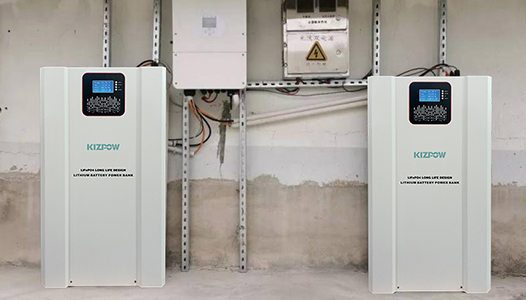
5. System installation and debugging
Installation and commissioning are the final steps towards success for any energy storage system. You can experience the convenience of various high technologies at home, but before that, you need to make sure that the energy storage system is working properly. Installation requires a professional team, and every component of the system must be installed in strict accordance with the design requirements, and any small oversight may lead to system instability. Debugging is a meticulous process, from the overall operation of the system to the debugging of every detail, which requires comprehensive monitoring and adjustment by professional technicians. Only after comprehensive debugging and testing to confirm that the system is stable and reliable can it be officially put into use.
6. Laws and regulations and licensing
No matter where you install an energy storage system, you need to comply with local laws and regulations and obtain appropriate permits. For example, in China, the installation of energy storage systems needs to comply with the relevant regulations and requirements of the State Grid. At the same time, it is also necessary to apply for various necessary permits and certificates, including safety assessment reports, environmental protection assessment reports, etc. These documents are not only to protect your legitimate rights and interests, but also to ensure the safe operation of the energy storage system. Therefore, before installing the system, be sure to do a good job of researching and preparing relevant laws and regulations to avoid subsequent legal disputes.
7. Economic assessment
Economy is an important factor that must be considered in any engineering project. Installing a large-scale energy storage system requires a significant investment, so you need to conduct a detailed economic assessment, including the initial investment cost, subsequent operation and maintenance costs, and the economic benefits of the system. Through economic assessments, you can understand the payback cycle, calculate the power cost of the energy storage system, and future profitability expectations. If the economic assessment results are not satisfactory, it is recommended to adjust the plan in time or seek other feasible solutions.
8. Safety and reliability
Energy storage systems are high-energy-density devices, and safety and reliability are the primary considerations. What are the potential safety hazards? How to prevent it? These require comprehensive consideration during the design and installation process. The system must adopt multiple safety protection measures, such as overload protection, short circuit protection, high temperature protection, etc. Energy storage systems also need to be equipped with corresponding monitoring and alarm systems to monitor system status in real time and detect and prevent potential safety hazards in a timely manner. Reliability is also crucial, as the system needs to operate stably under various extreme conditions to ensure the continuity of power supply.
conclusion
In summary, installing a large-scale standalone energy storage system is not an easy task, involving site selection, grid access, energy storage technology selection, system capacity planning, system installation and commissioning, laws and regulations and permits, economic assessment, safety and reliability and other aspects. However, Qianzheng New Energy simplifies all this complex work into user-actionable steps, allowing you to enjoy the economic and environmental benefits brought by new energy without worry. Through the introduction of this article, I believe you have a deeper understanding of installing large-scale standalone energy storage systems. If you are considering installing an energy storage system, you may wish to contact us and let Qianzheng New Energy provide you with professional consultation and high-quality products to help you achieve a better green life.
-

A Guide to Purchasing Lithium Iron Phosphate Batteries for Home Energy Storage
2025-11-14 -
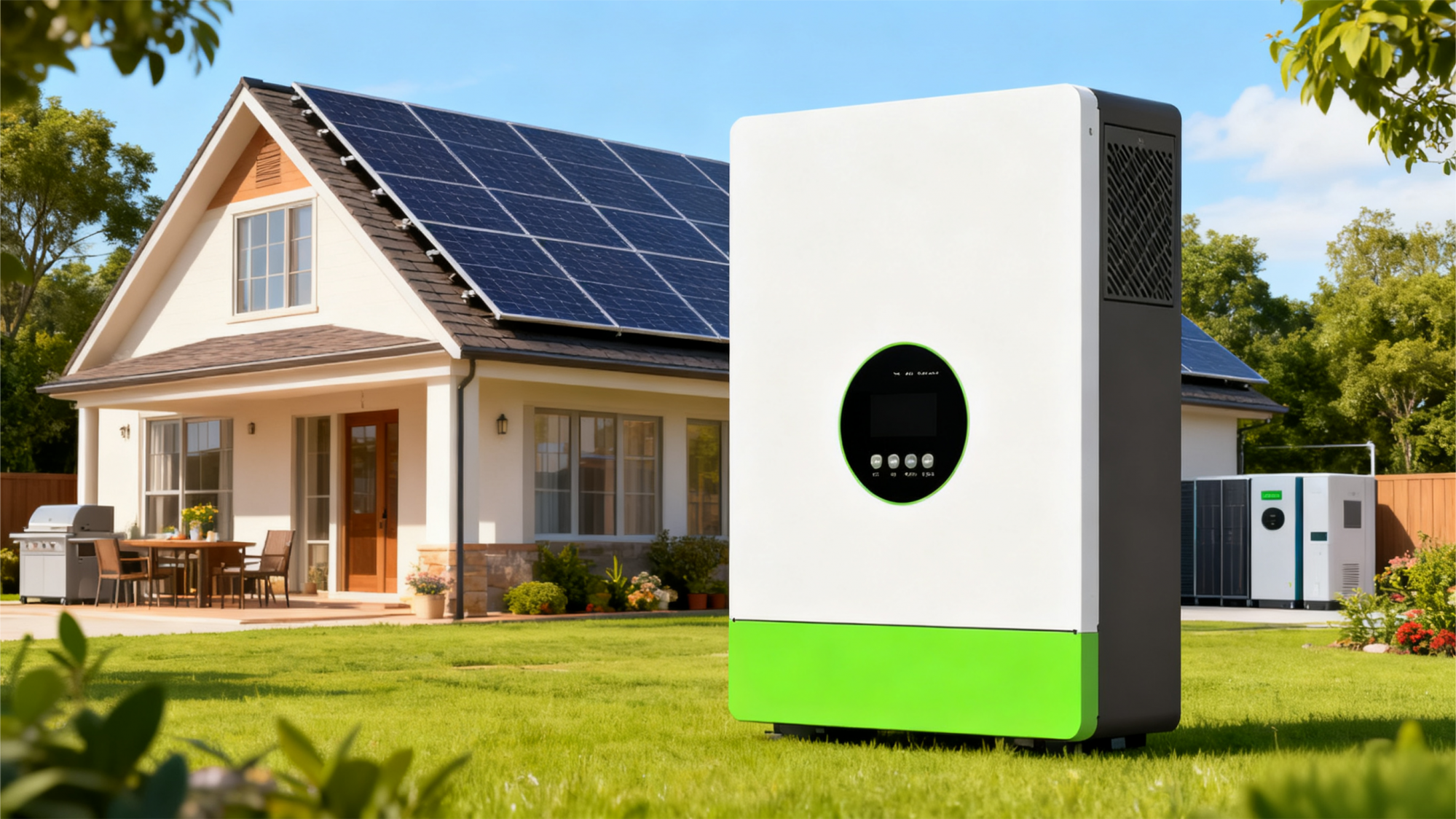
Classification and Application Analysis of Power Access Methods for Inverters
2025-11-12 -
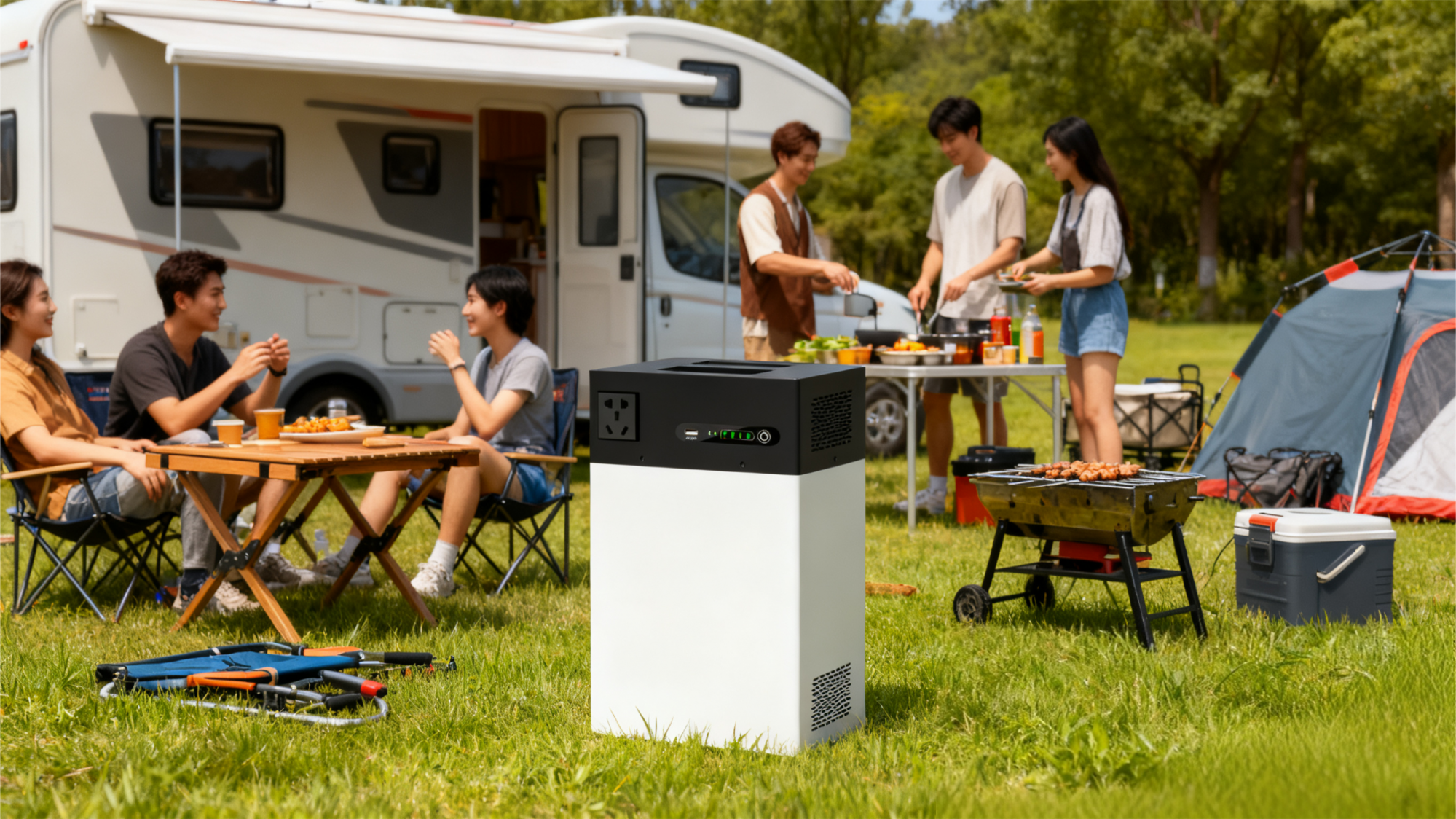
Lithium iron phosphate energy storage battery: The ideal choice for portable outdoor power sources
2025-11-11 -
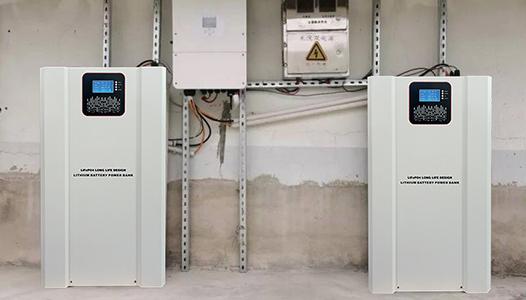
A New Eco-Friendly Option: Why Rackmount Lithium Batteries Are the Future of Green Energy?
2025-10-07








